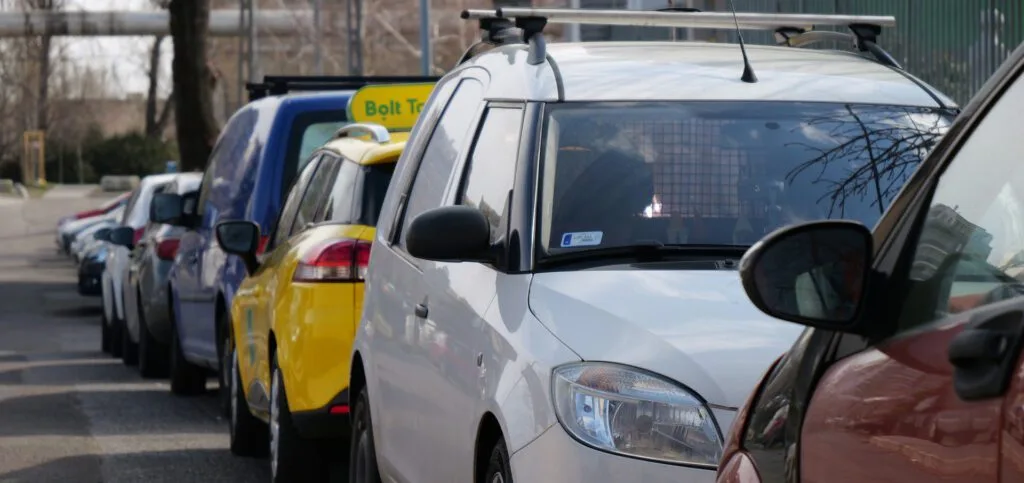
Parallel parking may seem daunting at first, but with a clear method and enough practice, you can master the skill with confidence. Follow these steps to position your car safely and neatly between two parked vehicles.
How to Parallel Park Video

Understanding the Basics of Parallel Parking
Before you begin, it’s essential to understand what parallel parking involves. Essentially, you’ll be reversing into a space between two cars, aligning your vehicle parallel to the kerb without touching other parked cars or the kerb itself.
Why Parallel Parking Is Important
Being able to parallel park will help you find parking spots in crowded areas, navigate narrow streets, and fit into smaller spaces. It’s a key driving skill that gives you more freedom and makes you a more adaptable driver.
Common Myths and Misconceptions
Some drivers believe parallel parking is only for the most experienced among us, but that’s not true. With the right technique, patience, and a bit of practice, you can learn to parallel park smoothly, no matter your level of driving experience.
Preparing to Parallel Park
Your preparation is crucial. Good observation and the correct setup will make the difference between a quick, clean parking manoeuvre and a struggle that might leave you feeling flustered.
Finding the Right Spot
- Choose a space that fits: Make sure the parking space is large enough. Ideally, the space should be at least one and a half times the length of your car.
- Check traffic conditions: Ensure it’s safe to stop and park. Be aware of vehicles behind you and pedestrians who might be passing.
Setting Your Position
- Pull up parallel to the car in front: Leave about half a metre between your car and theirs.
- Signal your intentions: Indicate that you are going to park so other road users know what you’re about to do.
- Check mirrors and blind spots: Look out for cyclists, passing cars, or pedestrians. Always double-check over your shoulder before you start reversing.
Executing the Parallel Park
This is where technique meets patience. Take it slowly and avoid rushing – the more controlled you are, the better the final result.
Initial Reverse Move
- Start reversing slowly: Keep your wheels straight as you begin to move backwards.
- Steer towards the kerb: Once your rear wheels align with the rear bumper of the front car, begin to steer gently towards the kerb. Turn the wheel to the left if you’re parking on the left side of the road, or to the right if parking on the right-hand side.
Aligning Your Car
- Check your mirrors: Keep an eye on how close you are to the kerb and the car behind. If you’re too close to the kerb, adjust your steering slightly. If you’re too close to the car behind, you may need to straighten up earlier.
- Straighten your wheels: Once the front of your car is in line with the car in front, begin to straighten your wheels to bring your vehicle parallel to the kerb.
Final Positioning
- Adjust if necessary: If you’re not perfectly positioned, don’t worry. Move forward or backward slightly to correct your position.
- Keep a safe distance: Aim to keep a small but safe gap between your wheels and the kerb – about 20cm is ideal.
Finishing Up and Helpful Tips
Congratulations, you’ve successfully completed the parallel parking manoeuvre! Now ensure you’re leaving your vehicle in a sensible position.
Double-Check Your Position
- Look for hazards: Make sure you haven’t blocked a driveway, crossed a yellow line, or parked too close to a junction.
- Secure your car: Apply the handbrake and switch off the engine if you’re leaving the vehicle.
Practice and Build Confidence
- Find a quiet space: Start practising in a quiet road or an empty car park.
- Take it step by step: Don’t rush. Work through each step until it feels natural.
- Seek advice: If you’re struggling, consider asking a friend or instructor for help. Having someone watch and offer feedback can greatly improve your parallel parking skills.
FAQ's
Ideally, choose a space about one and a half times the length of your car to allow enough room to manoeuvre.
Yes. Always use your indicator so other road users know you intend to park.
Begin turning when your rear wheels align with the parked car’s rear bumper, then steer gently towards the kerb.
If you end up too far out, readjust by moving forward or backward and carefully steering closer to the kerb.
Move forward slightly, adjust your steering, and try again. Gentle corrections will help you find the perfect position.
Aim for around 20cm. This ensures you’re close enough without risking damage to your tyres or blocking traffic.
Yes. Cones or markers can be used in a quiet area to build confidence before trying it with actual parked cars.
Absolutely. Nervousness is common, but practice and patience will help you grow more comfortable over time.
Yes. Regularly check mirrors and blind spots to ensure you’re aware of other road users and pedestrians.
It varies from person to person. Consistent practice over a few weeks usually leads to noticeable improvement.



